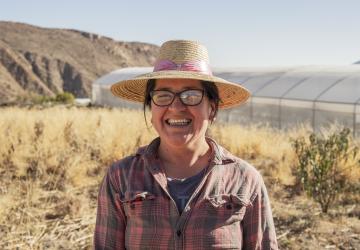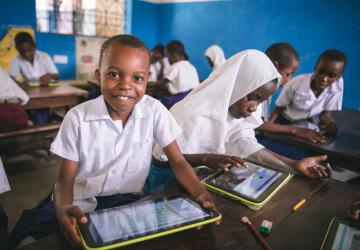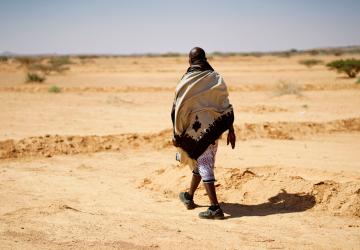Namibia’s Drought Crisis: Building Resilience for Women and Girls
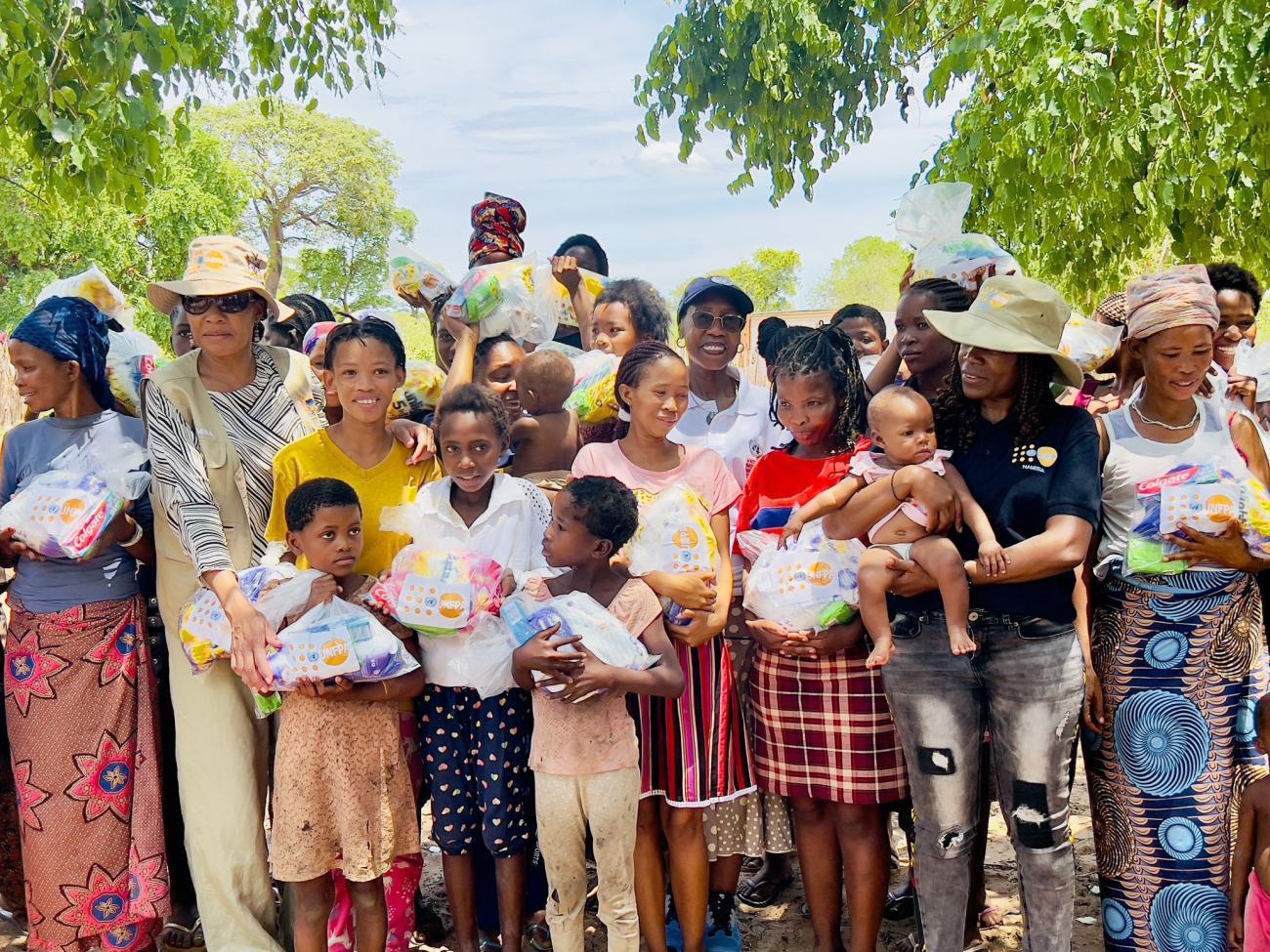
Communities in the Kavango West region of northern Namibia have firsthand experience of the severe impacts of climate change. The dry, cracked soil and emaciated livestock provide a constant reminder of the lack of access to water in this part of the country. While the challenge of water scarcity is not new, the country is facing one of its worst droughts in more than a hundred years. Exacerbated by the impacts of El Niño, this drought has triggered widespread food insecurity, environmental degradation, health threats and rising unemployment, affecting more than half a million people.
To support the government and the people of Namibia, particularly those most vulnerable, including nursing mothers, other women and children, the UN in Namibia, under my leadership, mobilized resources through the UN Central Emergency Response Fund (CERF) to tackle the crisis. Even as women and girls disproportionately feel the impact of droughts, we have an opportunity to leverage their leadership and boost drought resilience in communities.
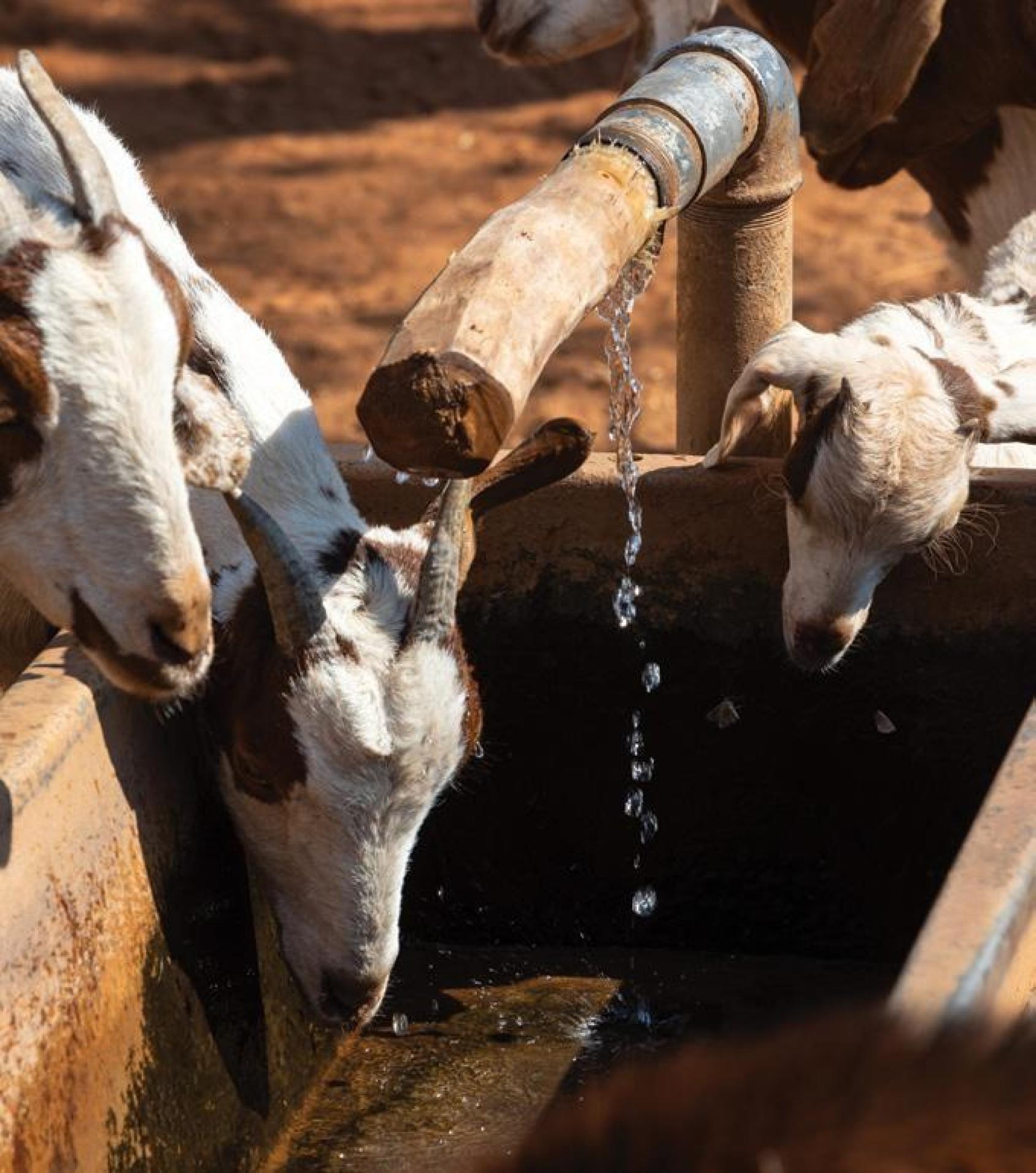
Meeting women's immediate needs
To tackle urgent needs, our UN team works with government and partners, including the Society for Family Health, Catholic AIDS Action and Mobile Telecommunication Company (MTC), to leave no one behind.
Mupuni village Ext. 1 stands as a shining example. The World Food Programme (WFP) has been distributing food vouchers and has established a soup kitchen for children aged 6 months to 9 years old, reaching nearly 65,000 people facing acute malnutrition in the regions of Omaheke, Kavango East and Kavango West.
Complementing this, the United Nations Children's Fund (UNICEF) provides lifesaving support to breastfeeding mothers and children impacted by the drought emergency while the United Nations Population Fund (UNFPA) provides protection initiatives, including family planning and counseling services to women. These are delivered through mobile clinics set up in these areas.
The UN in Namibia is also paving the way to transition towards long-term resilience, climate action and sustainable development.
Building women's long-term resilience
The national drought response plan, which is supported by the United Nations, prioritizes building the resilience of drought-affected communities, boosting food security and protecting livelihoods, particularly for vulnerable members of the population including women. Through targeted interventions, the Food and Agriculture Organization (FAO) and the UN Development Programme (UNDP) support the introduction of initiatives that are helping diversify livelihoods.
Women farmers are provided with irrigation equipment for more efficient and sustainable water use, reducing dependence on rain-fed agriculture. Vulnerable households receive seeds, tools, poultry and pig feed, fencing, shade netting materials, and most crucially, access to markets. These initiatives boost agricultural productivity and build community resilience to effectively weather drought conditions.
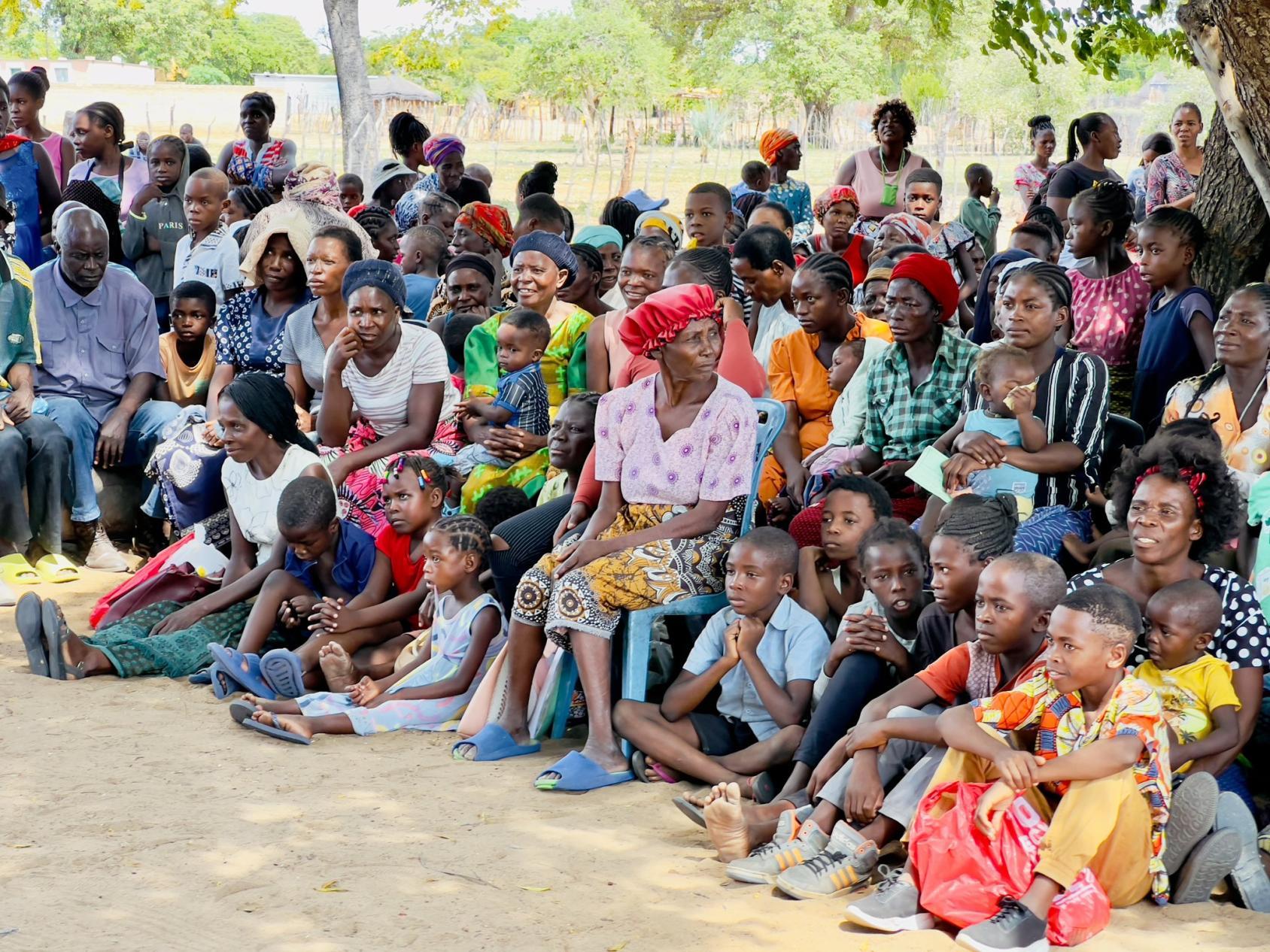
Supporting teen mothers and children-at-risk
Compounding the impact of the drought crisis, teenage pregnancy also undermine development in Namibia. Teenage mothers often interrupt their education to care for their infants while older relatives take on added domestic and childcare responsibilities to support their younger counterparts. This perpetuates a vicious cycle of lost opportunities across generations. The well-being of children borne by teenage mothers also suffers as part of these challenges. For example, children weaned at an early age, to give mothers time to earn a living, face increased risks of malnourishment and related health issues.
In communities heavily impacted by drought, disruptions to healthcare infrastructure and the resulting economic instability increase the challenges of providing adequate medical care and counseling, including reproductive health services to counter the spread of HIV and the provision of maternal and child health support. Ultimately, teen mothers and their children stand to lose more, exposed to added risks of poor education, malnutrition, stunting and serious diseases. The UN has been a committed player contributing to the work to support vulnerable populations with rapid and coordinated interventions.
Joint solutions for long-term impact
The UN in Namibia puts building local resilience at the heart of its work, engaging communities through an integrated, gender-sensitive approach. As the Resident Coordinator overseeing the UN’s climate adaptation, mitigation and disaster response work and our initiatives to tackle poverty and gender inequalities, I ensure our collective efforts bear fruit, especially for those who need it most.
The United Nations Sustainable Development Cooperation Framework (UNSDCF) 2025-2029 is our north star, centred on poverty eradication (SDG Goal 1) and resilience-building while empowering women and youth. Our UN team’s work support key government interventions, such as Namibia’s national flood and drought monitor and early warning system that provides crucial information to communities, enabling them to prepare for and respond to climate-related disasters. This work includes making climate information easily accessible and usable by women.
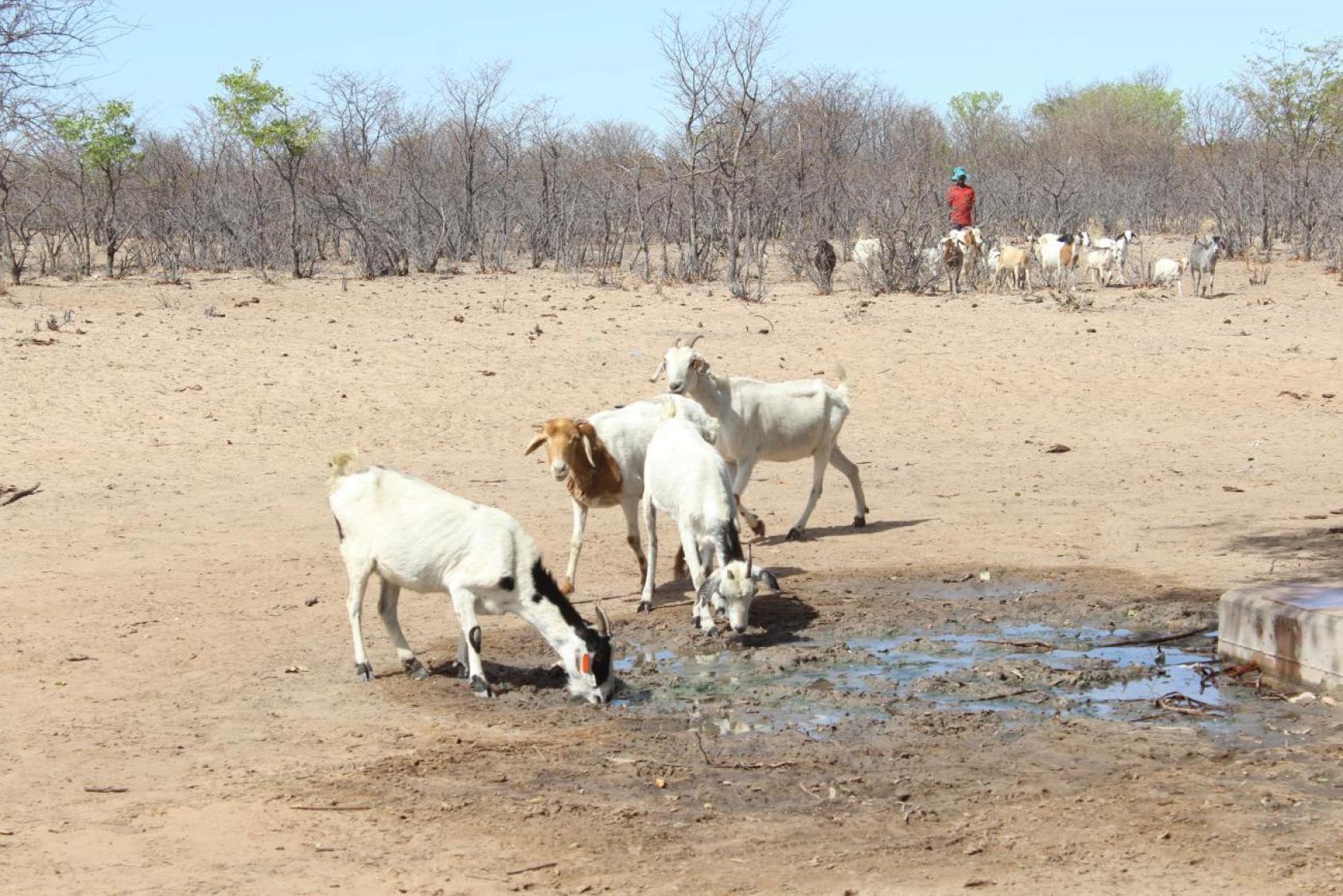
The UN in Namibia also works to integrate risk management into national policies and planning processes, including provisions for disaster risk reduction into legal frameworks. These efforts boost Namibia’s ability to respond to environmental threats, protect lives and livelihoods, minimize the impacts of extreme weather events, and foster a culture of preparedness.
An integrated programme, co-created with communities, addressing multifaceted challenges, including the needs of women and girls, is crucial. This work requires a whole of society approach and the UN in Namibia remains committed to working with national authorities and other partners to continue delivering meaningful results.
A solid foundation has been established in Kavango West. Even as the country prepares for the next drought cycle, let us build on this, work together, empowering communities to take ownership of Namibia’s resilient and sustainable future.
This blog was written by the Resident Coordinator in Namibia Hopolang Phororo. Read more coordination results from Namibia.




